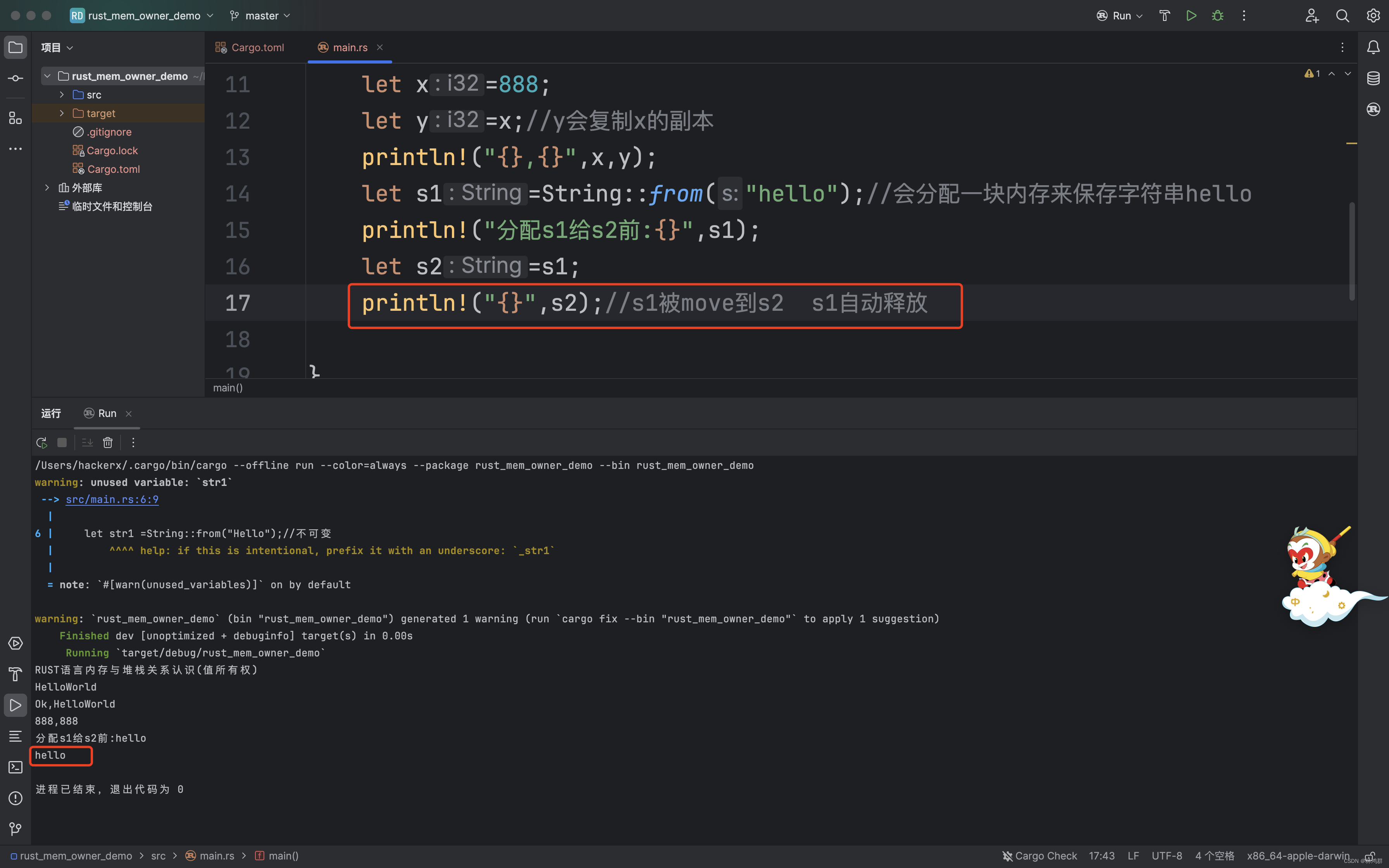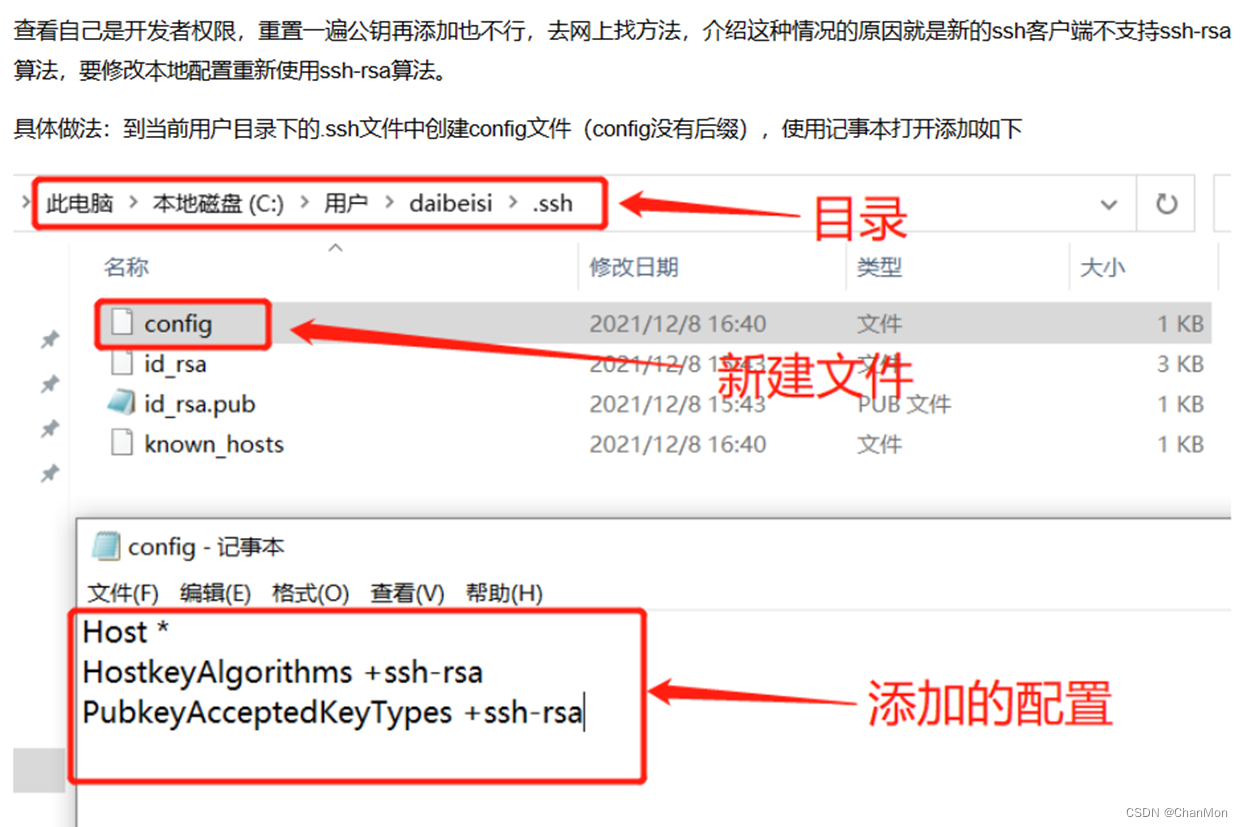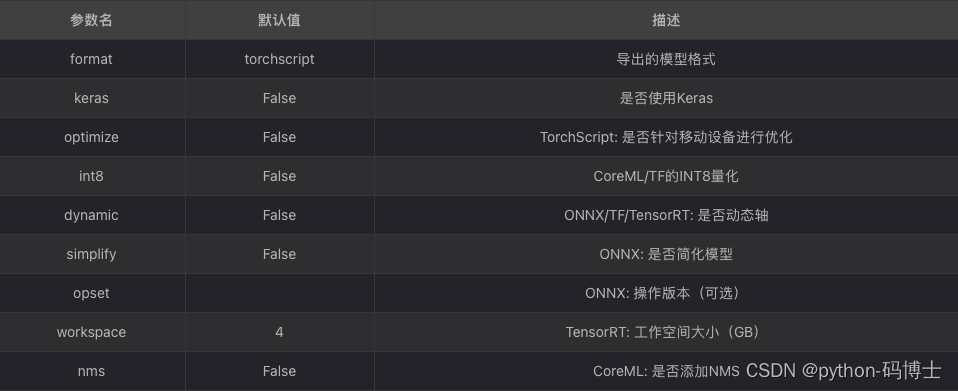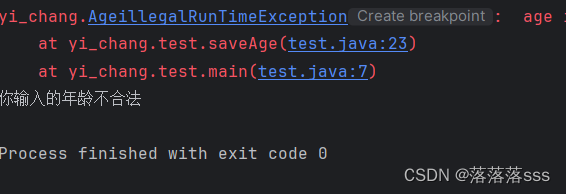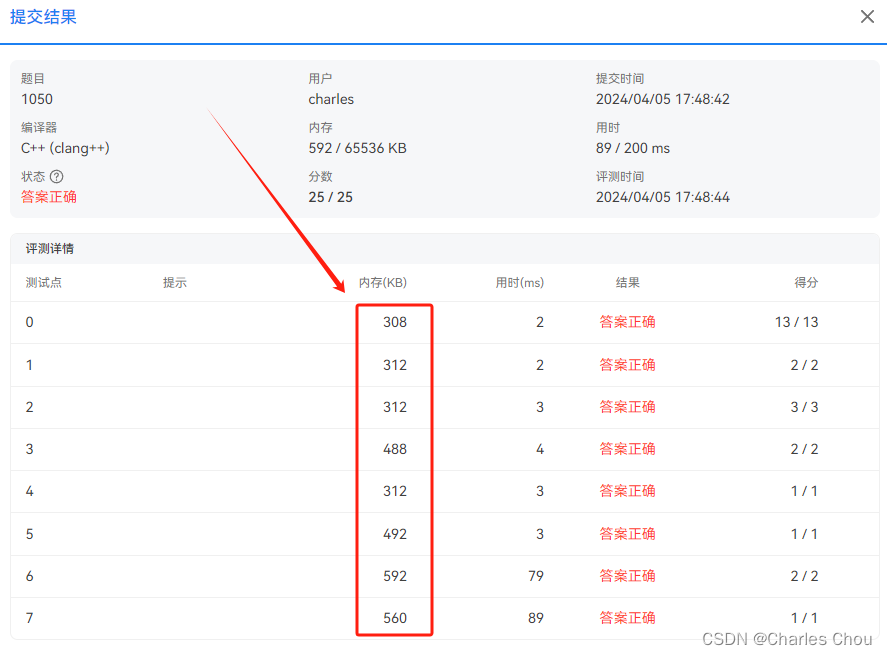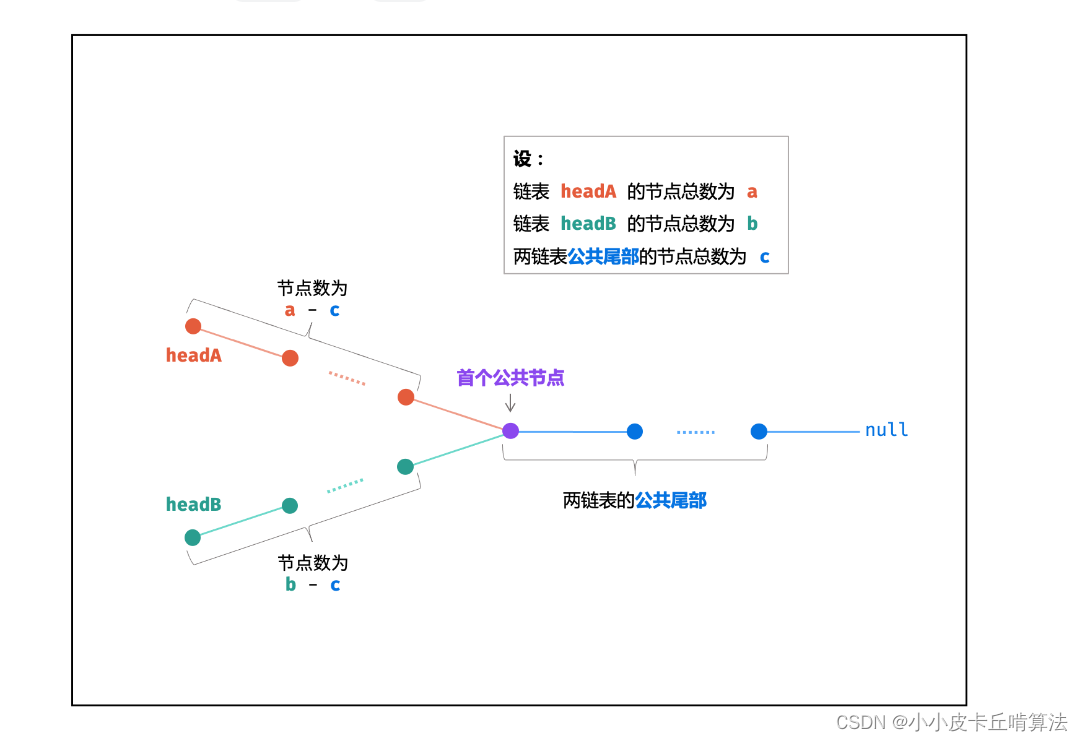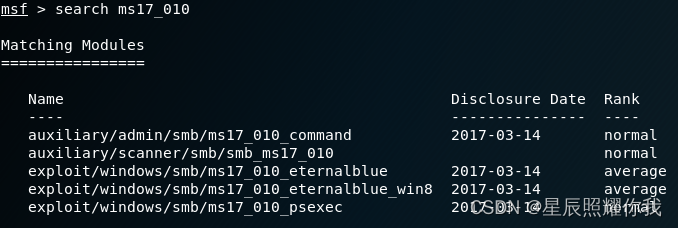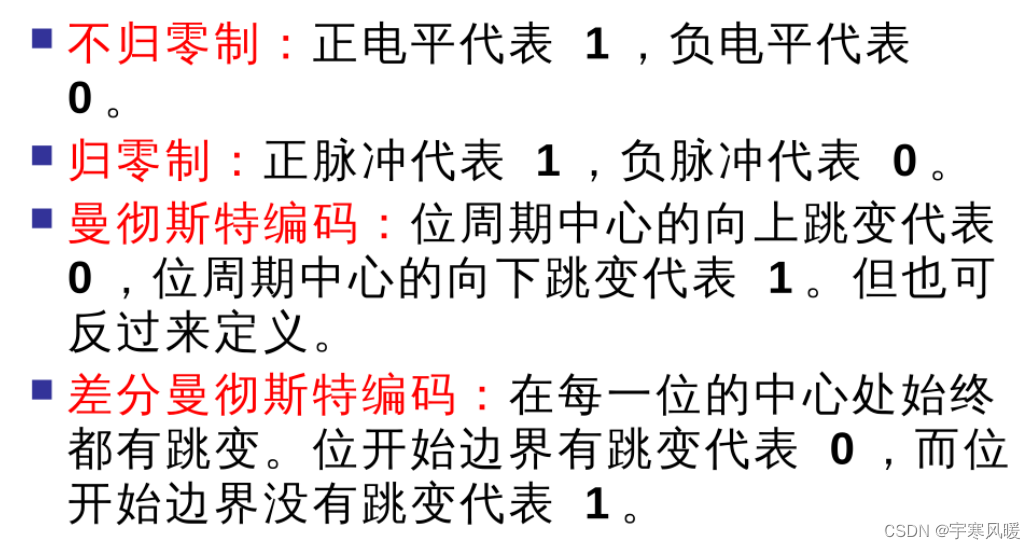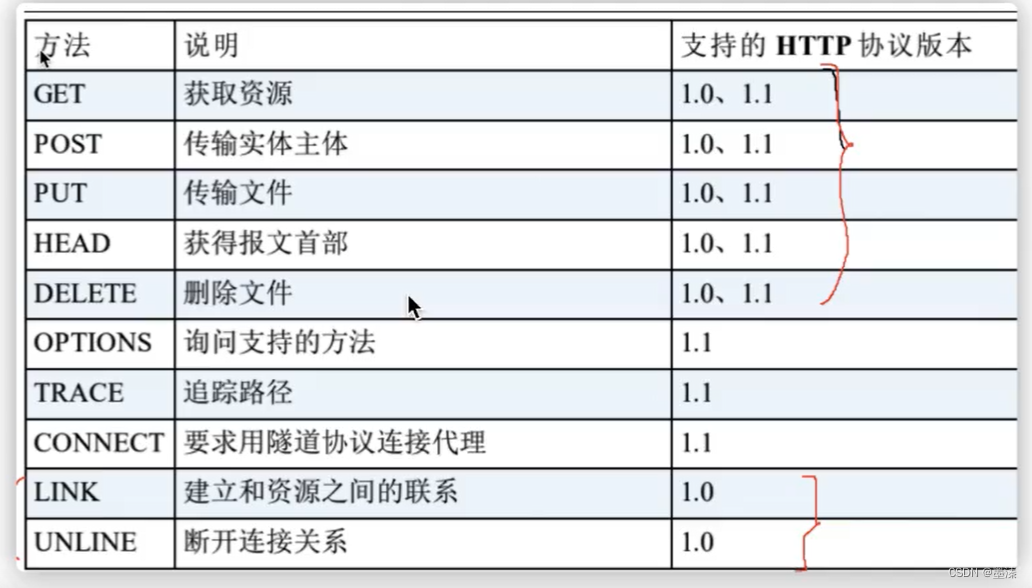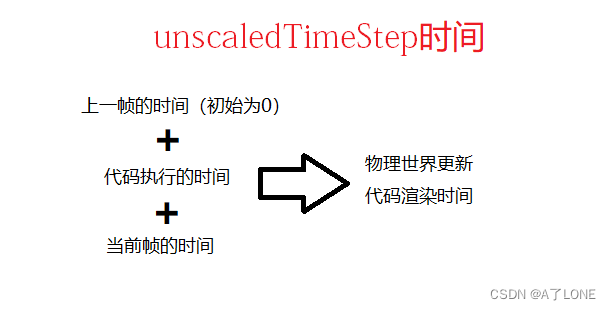troop主页:troop
手撕二叉搜索树
- 1.二叉搜索树的定义
- 2.实现(非递归)
- 补充结构
- 2.1查找
- 2.2插入
- 2.3删除(==重要==)
- 情况1(无孩子&&一个孩子)
- 3.二叉搜索树的应用
- 3.1K模型
- 3.2KV模型
- 3.2.1KV模型的实现
- 总结
- 二叉搜索树源代码
1.二叉搜索树的定义
二叉搜索树又称二叉排序树,它或者是一棵空树,或者是具有以下性质的二叉树:
- 若它的左子树不为空,则左子树上的所有节点的值都小于根节点的值
- 若它的右子树不为空,则右子树上的所有节点的值都大于根节点的值
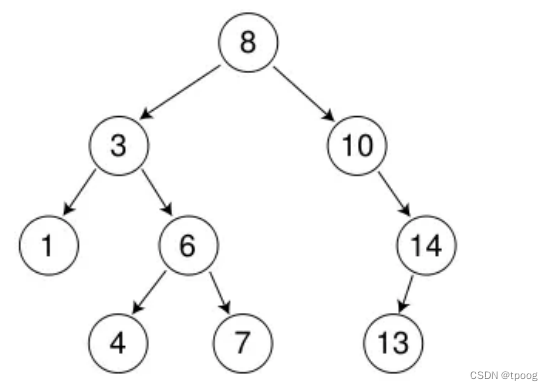
2.实现(非递归)
补充结构
//struct BinarySearchTreeNode
template<class K>
struct BSTreeNode
{
typedef BSTreeNode<K> Node;
Node* _left;
Node* _right;
K _key;
BSTreeNode(const K& key)
:_left(nullptr)
, _right(nullptr)
, _key(key)
{}
};
/class BinarySearchTree
template<class K>
class BSTree
{
typedef BSTreeNode<K> Node;
public:
BSTree() = default;
BSTree(const BSTree<K>& t)
{
_root = copy(t._root);
}
Node* copy(Node* root)
{
if (root == nullptr)
return nullptr;
Node* newroot = new Node(root->_val);
newroot->_left = copy(root->_left);
newroot->_right = copy(root->_right);
return newroot;
}
~BSTree()
{
Destroy();
}
void Destroy()
{
return _Destroy(_root);
}
void _Destroy(Node* root)
{
if (root == nullptr)
return;
_Destroy(root->_left);
_Destroy(root->_right);
delete root;
}
private:
Node* _root;
};
2.1查找
根据它的定义查找就是,跟节点比,比节点大就去它的右子树中寻找,比他小就去它的左子树中寻找。
bool Find(const K& key)
{
Node* cur = _root;
while (cur)
{
if (cur->_key < key)
{
cur = cur->_right;
}
else if (cur->_key > key)
{
cur = cur->_left;
}
else
{
return true;
}
}
return false;
}
2.2插入
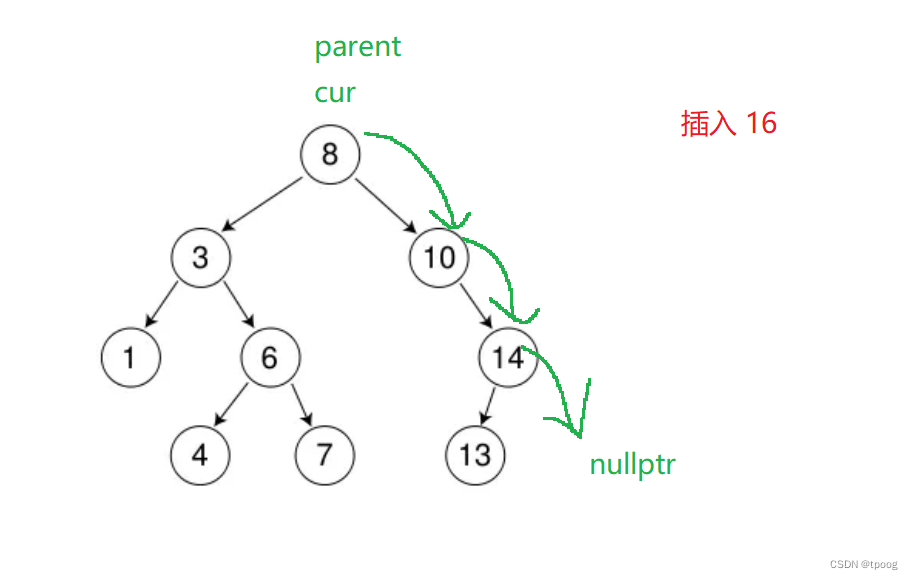
插入也很简单,例如上图我们要插入16,我们就先找到要插入的位置,然后为了方便我们记录整个过程我们需要一个父节点。
bool Insert(const K& key)
{
if (_root == nullptr)
{
_root = new Node(key);
return true;
}
Node* parent = nullptr;
Node* cur = _root;
while (cur)
{
if (cur->_key < key)
{
parent = cur;
cur = cur->_right;
}
else if (cur->_key > key)
{
parent = cur;
cur = cur->_left;
}
else
{
return false;
}
}
cur = new Node(key);
if (parent->_key > key)
{
parent->_left=cur;
}
else
{
parent->_right=cur;
}
return true;
}
现在可以进行测试代码的正确性。
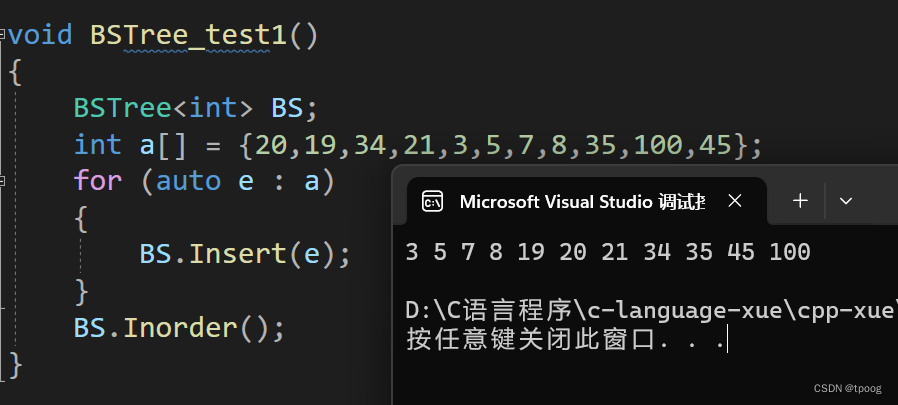
注意,搜索二插入要有序它走的是中序遍历。
2.3删除(重要)
删除比插入麻烦的多,我们删除值原则就是要保证它还是搜索二叉树,它的性质不可以改变。这就挺麻烦的,所以我们在删除这里用替换删除
替换删除:找到一个可以替换的节点,交换值,转换删除它。
可以替换的节点是:左子树的最大or右子树的最小。
下面我们来分析一下删除的各种情况
- 删除孩子节点
- 删除只有一个孩子的节点
- 删除两个孩子的节点
这里总结下,情况1和2可以归为一类。情况3我们就要用到替换删除法
情况1(无孩子&&一个孩子)
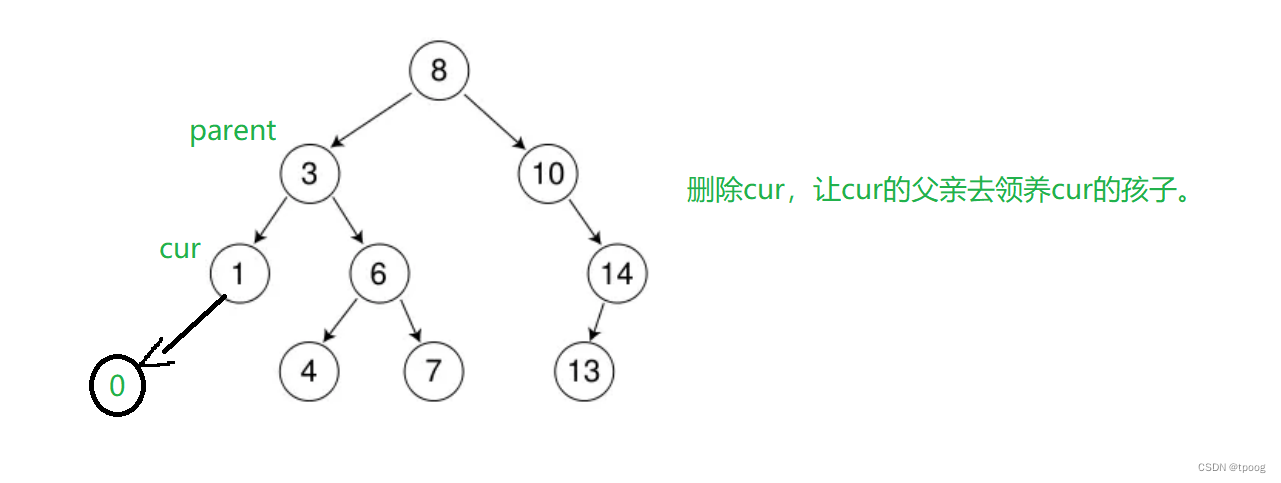
//找到了开始删除
//第一种
if (cur->_left == nullptr)//我的左为空
{
if (cur == _root)
{
_root = cur->_right;
}
else
{
if (cur == parent->_left)//我是父亲的左
{
parent->_left = cur->_right;
}
else//我是父亲的左
{
parent->_right = cur->_right;
}
}
delete cur;
return true;
}
else if (cur->_right == nullptr)
{
if (cur == _root)
{
_root = cur->_left;
}
else
{
if (cur == parent->_left)
{
parent->_left = cur->_left;
}
else
{
parent->_right = cur->_left;
}
}
delete cur;
return true;
}
###情况二(两个孩子)
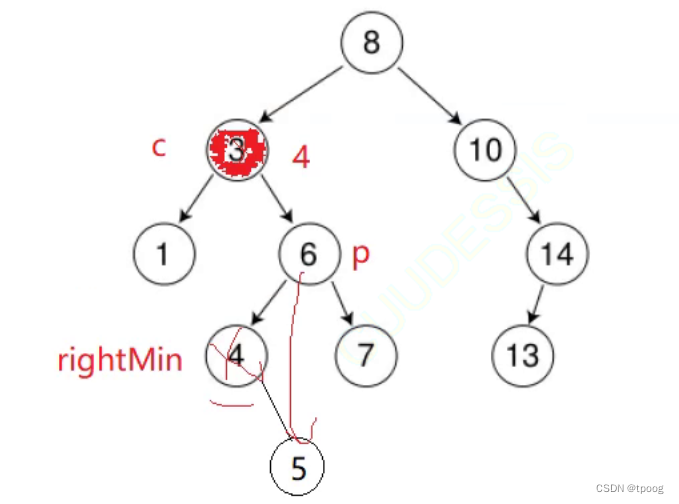
找到右子树的最小,把它的值复制给cur,就转换成了删除叶子节点
else//第二种(俩孩子)替换删除法
{
Node* rightMinparent = cur;
Node* rightMin = cur->_right;
while (cur->_right)
{
rightMinparent = rightMin;
rightMin = rightMin->_left;
}
cur->_key = rightMin->_key;
if (rightMin == rightMinparent->_left)
{
rightMinparent->_left = rightMin->_right;
}
else
{
rightMinparent->_right = rightMin->_right;
}
delete rightMin;
return true;
}
3.二叉搜索树的应用
3.1K模型
K模型即只有key作为关键码,结构中只需要存储Key即可,关键码即为需要搜索到
的值。
比如:给一个单词word,判断该单词是否拼写正确。这个就是普通的二叉搜索树
3.2KV模型
KV模型:每一个关键码key,都有与之对应的值Value,即<Key, Value>的键值对。
通过key值快速查找另外一个值在不在。我们用二叉搜索树这个用的是比较多的
生活中的KV模型例如:商场车库,进去都可以进入(记录车牌(key)进入时间(value))
出:付费出(通过车牌(key),查询进入的时间(value))。
还有字典查询,高铁身份证进站等等。
3.2.1KV模型的实现
这个就是多加了一个对象,实现直接CV上面的代码
namespace key_value
{
template<class K, class V>
struct BSTreeNode
{
typedef BSTreeNode<K, V> Node;
Node* _left;
Node* _right;
K _key;
V _value;
BSTreeNode(const K& key, const V& value)
:_left(nullptr)
, _right(nullptr)
, _key(key)
, _value(value)
{}
};
template<class K, class V>
class BSTree
{
typedef BSTreeNode<K, V> Node;
public:
//插入
bool Insert(const K& key, const V& value)
{
if (_root == nullptr)
{
_root = new Node(key, value);
return true;
}
Node* parent = nullptr;
Node* cur = _root;
while (cur)
{
if (cur->_key < key)
{
parent = cur;
cur = cur->_right;
}
else if (cur->_key > key)
{
parent = cur;
cur = cur->_left;
}
else
{
return true;
}
}
cur = new Node(key, value);
if (parent->_key < key)
{
parent->_right = cur;
}
else
{
parent->_left = cur;
}
return true;
}
//
Node* Find(const K& key)
{
Node* cur = _root;
while (cur)
{
if (cur->_key < key)
{
cur = cur->_right;
}
else if (cur->_key > key)
{
cur = cur->_left;
}
else
{
return cur;
}
}
return nullptr;
}
//中序遍历
void _InOrder(Node* root)
{
if (root == nullptr)
return;
_InOrder(root->_left);
std::cout << root->_val << " ";
_InOrder(root->_right);
}
void InOrder()
{
_InOrder(_root);
cout << endl;
}
//3.删除
bool Erase(const K& key)
{
Node* parent = nullptr;
Node* cur = _root;
while (cur)
{
if (cur->_val < key)
{
parent = cur;
cur = cur->_right;
}
else if (cur->_val > key)
{
parent = cur;
cur = cur->_left;
}
else
{
//找到了开始删除
//第一种(无孩子&&一个孩子)
if (cur->_left == nullptr)//我的左为空
{
if (cur == _root)
{
_root = cur->_right;
}
else
{
if (parent->_left == cur)
{
parent->_left = cur->_right;
}
else//我是父亲的右节点
{
parent->_right = cur->_right;
}
}
delete cur;
return true;
}
else if (cur->_right == nullptr)//我的右为空
{
if (cur == _root)
{
_root = cur->_left;
}
else
{
if (parent->_left == cur)
{
parent->_left = cur->_left;
}
else//我是父亲的右节点
{
parent->_right = cur->_left;
}
}
delete cur;
return true;
}
else//第二种(有两个孩子)替换删除法
{
Node* rightMinparent = cur;
Node* rightMin = cur->_right;
while (rightMin->_left)
{
rightMinparent = rightMin;
rightMin = rightMin->_left;
}
cur->_val = rightMin->_val;
if (rightMin == rightMinparent->_left)
rightMinparent->_left = rightMin->_right;
else
rightMinparent->_right = rightMin->_right;
delete rightMin;
return true;
}
}
}
return false;
}
//void InOrder()
//{
// _InOrder(_root);
// cout << endl;
//}
//private:
// void _InOrder(Node* root)
// {
// if (root == nullptr)
// return;
// _InOrder(root->_left);
// cout << root->_key << " ";
// _InOrder(root->_right);
// }
private:
Node* _root = nullptr;
};
}
我们可以用哥=个例子来玩一玩这个KV模型
void TestBSTree()
{
key_value::BSTree<string, string> dict;
dict.Insert("insert", "插入");
dict.Insert("erase", "删除");
dict.Insert("left", "左边");
dict.Insert("string", "字符串");
string str;
while (cin >> str)
{
auto ret = dict.Find(str);
if (ret)
{
cout << str << ":" << ret->_value << endl;
}
else
{
cout << "单词拼写错误" << endl;
}
}
}

总结
总的来说二叉搜索树,比较难的地方就是删除部分,多画图多思考。
下篇我们就要深入二叉搜索树。
二叉搜索树源代码
#pragma once
#include<iostream>
using namespace std;
//struct BinarySearchTreeNode
template<class K>
struct BSTreeNode
{
typedef BSTreeNode<K> Node;
Node* _left;
Node* _right;
K _key;
BSTreeNode(const K& key)
:_left(nullptr)
, _right(nullptr)
, _key(key)
{}
};
//class BinarySearchTree
template<class K>
class BSTree
{
typedef BSTreeNode<K> Node;
public:
BSTree() = default;
BSTree(const BSTree<K>& t)
{
_root = copy(t._root);
}
Node* copy(Node* root)
{
if (root == nullptr)
return nullptr;
Node* newroot = new Node(root->_val);
newroot->_left = copy(root->_left);
newroot->_right = copy(root->_right);
return newroot;
}
~BSTree()
{
Destroy();
}
void Destroy()
{
return _Destroy(_root);
}
void _Destroy(Node* root)
{
if (root == nullptr)
return;
_Destroy(root->_left);
_Destroy(root->_right);
delete root;
}
bool Find(const K& key)
{
Node* cur = _root;
while (cur)
{
if (cur->_key < key)
{
cur = cur->_right;
}
else if (cur->_key > key)
{
cur = cur->_left;
}
else
{
return true;
}
}
return false;
}
bool Insert(const K& key)
{
if (_root == nullptr)
{
_root = new Node(key);
return true;
}
Node* parent = nullptr;
Node* cur = _root;
while (cur)
{
if (cur->_key < key)
{
parent = cur;
cur = cur->_right;
}
else if (cur->_key > key)
{
parent = cur;
cur = cur->_left;
}
else
{
return false;
}
}
cur = new Node(key);
if (parent->_key > key)
{
parent->_left=cur;
}
else
{
parent->_right=cur;
}
return true;
}
bool Erase(const K& key)
{
Node* parent = nullptr;
Node* cur = _root;
while (cur)
{
if (cur->_key < key)
{
parent = cur;
cur = cur->_right;
}
else if (cur->_key > key)
{
parent = cur;
cur = cur->_left;
}
else
{
//找到了开始删除
//第一种
if (cur->_left == nullptr)//我的左为空
{
if (cur == _root)
{
_root = cur->_right;
}
else
{
if (cur == parent->_left)//我是父亲的左
{
parent->_left = cur->_right;
}
else//我是父亲的左
{
parent->_right = cur->_right;
}
}
delete cur;
return true;
}
else if (cur->_right == nullptr)
{
if (cur == _root)
{
_root = cur->_left;
}
else
{
if (cur == parent->_left)
{
parent->_left = cur->_left;
}
else
{
parent->_right = cur->_left;
}
}
delete cur;
return true;
}
else//第二种(俩孩子)替换删除法
{
Node* rightMinparent = cur;
Node* rightMin = cur->_right;
while (cur->_right)
{
rightMinparent = rightMin;
rightMin = rightMin->_left;
}
if (rightMinparent->_left == rightMin)
{
rightMinparent->_left = rightMin->_right;
}
else
{
rightMinparent->_right = rightMin->_right;
}
}
}
}
return false;
}
void Inorder()
{
_Inorder(_root);
cout << endl;
}
private:
void _Inorder(Node* root)
{
if (root == nullptr)
return;
_Inorder(root->_left);
cout << root->_key << " ";
_Inorder(root->_right);
}
private:
Node* _root=nullptr;
};
